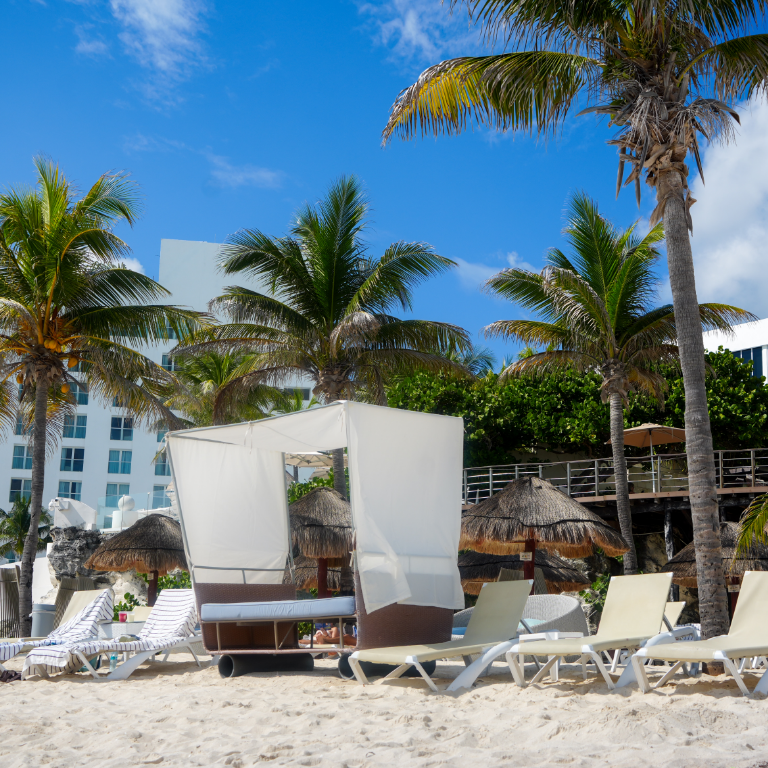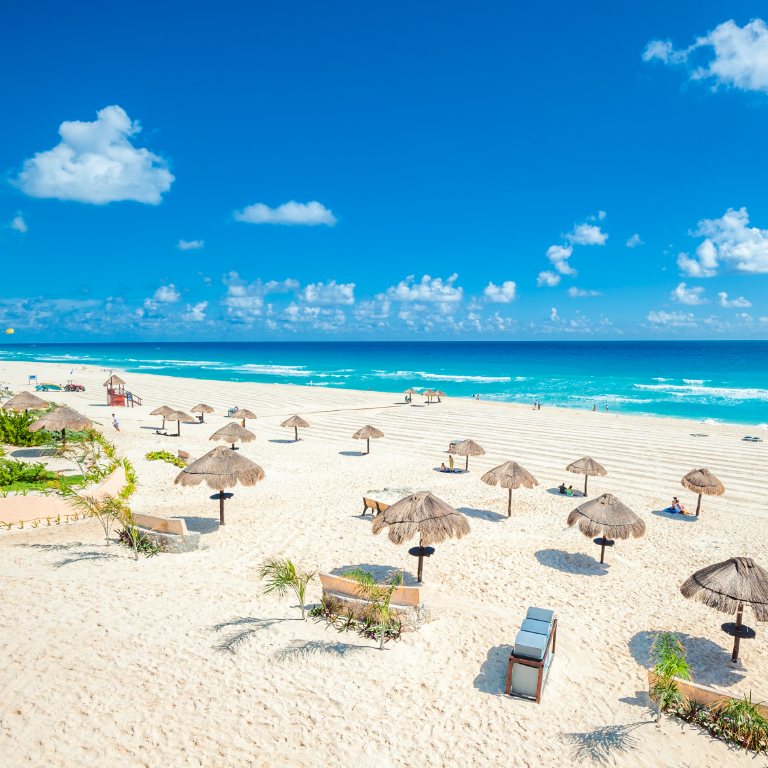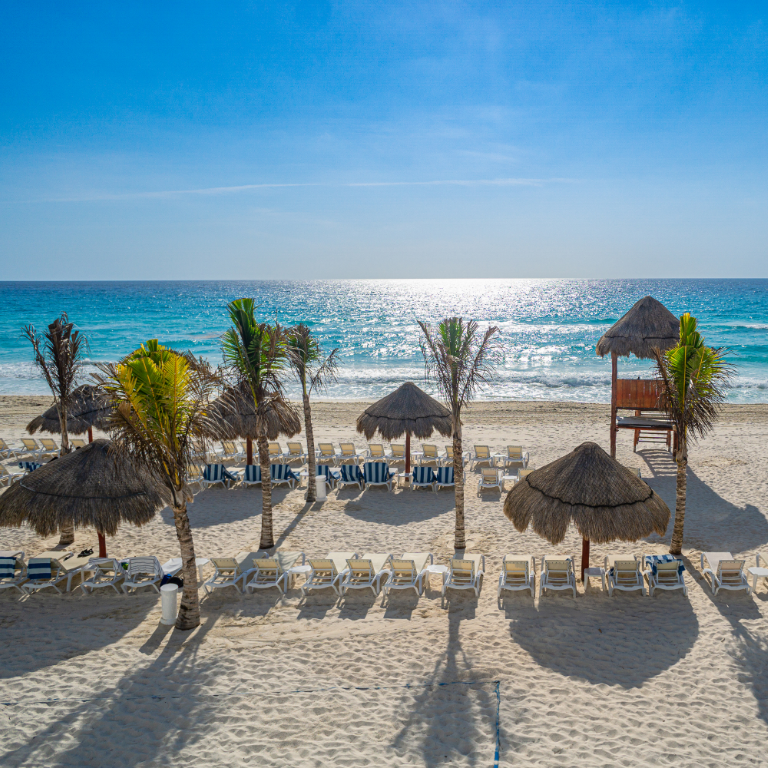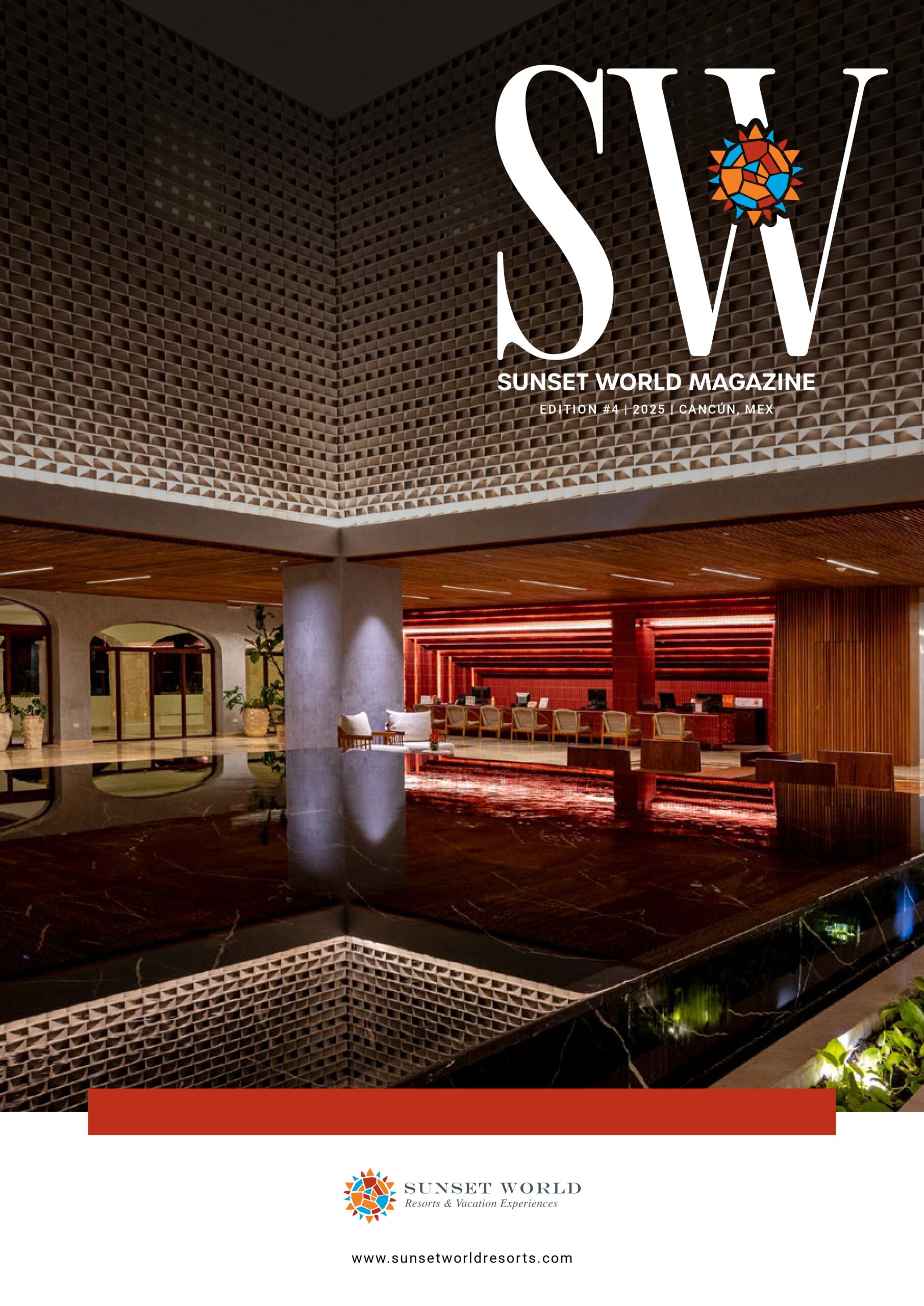What is regenerative tourism and what is its purpose?
Regenerative tourism is a trend that goes beyond sustainability; it focuses on restoring and enhancing both the natural and cultural heritage of a region, improving the well-being of communities. Unlike sustainability, which seeks to minimize the negative impacts of mass tourism, regenerative tourism aims to leave destinations in better condition than they were before the arrival of tourists.
How is the conservation of the Mesoamerican Reef changing the tourist experience?
The Environmental Sanitation Tax in the Mexican Caribbean promotes the protection and restoration of key ecosystems, such as reefs and mangroves, which are essential for coastal health, including biodiversity. Furthermore, regenerative tourism seeks to involve local communities in tourism development, providing them with economic opportunities and improving their quality of life. Emphasis is placed on offering authentic cultural experiences that allow visitors to connect with the cultural richness of the Caribbean and support local artisans.
Regenerative tourism is committed to reducing the carbon footprint and waste generation by promoting more sustainable practices in the tourism industry. It seeks to use natural resources, such as water and energy, responsibly to ensure their long-term sustainability. It also seeks to ensure that tourism is not only a source of income but also a driver of development and regeneration for destinations, leaving a positive legacy for the future.



What is Sunset World doing regarding regenerative tourism?
Sunset Green World is the brand under which Sunset World showcases its preservation, restoration, and environmental initiatives. Our approach is to use resources sparingly, protect valuable ecosystems, and adhere to rigorous sustainable practices.
Our sustainable practices are a result of our desire to preserve our precious natural resources and our home. Our main objective is to be leaders in sustainable tourism development in harmony with the environment, local society, culture, and economy.
Small Actions That Add Up
At Sunset World, we care about the environment and encourage our members, guests, and collaborators to take concrete steps to conserve valuable resources such as water and energy by placing reminders in strategic locations throughout the hotels to:
• Turn off the light when not in use
• Turn off the faucet properly, as every drop counts
• Shorten shower time
Energy Efficiency Program
In August 2014, Sunset World launched an Energy Efficiency Program to reduce its carbon emissions and increase energy efficiency by upgrading the air conditioning, water heating, and LED lighting systems in our six hotels.
These sustainable actions consist of three phases:
1. Identification: The operational and technological points where energy waste has been detected.
2. Implementation. Technologies were replaced and processes that caused unnecessary energy consumption and polluting emissions were modified.
3. Annual results measurement. These results make Sunset World a leader in a tourism sector that is shifting toward a sustainable model to protect the environment. Since 2014, Sunset World has managed to reduce its electricity consumption by 35%, its fuel consumption by 32%, and its CO2 emissions by 32%.
Clean and Renewable Energy
Furthermore, at Sunset World, we reached an agreement with a Mexican company that produces energy with wind farms and thermoelectric plants. Starting in 2022, 100% of the energy consumed by the hotels will come from a clean and renewable source.
Sunset World prevents the annual emission of 6,984 tons of CO2 into the atmosphere. For reference, 1 ton of CO2 released into the atmosphere is equivalent to the jet fuel consumed by an airplane on a round-trip flight between Madrid and New York.








